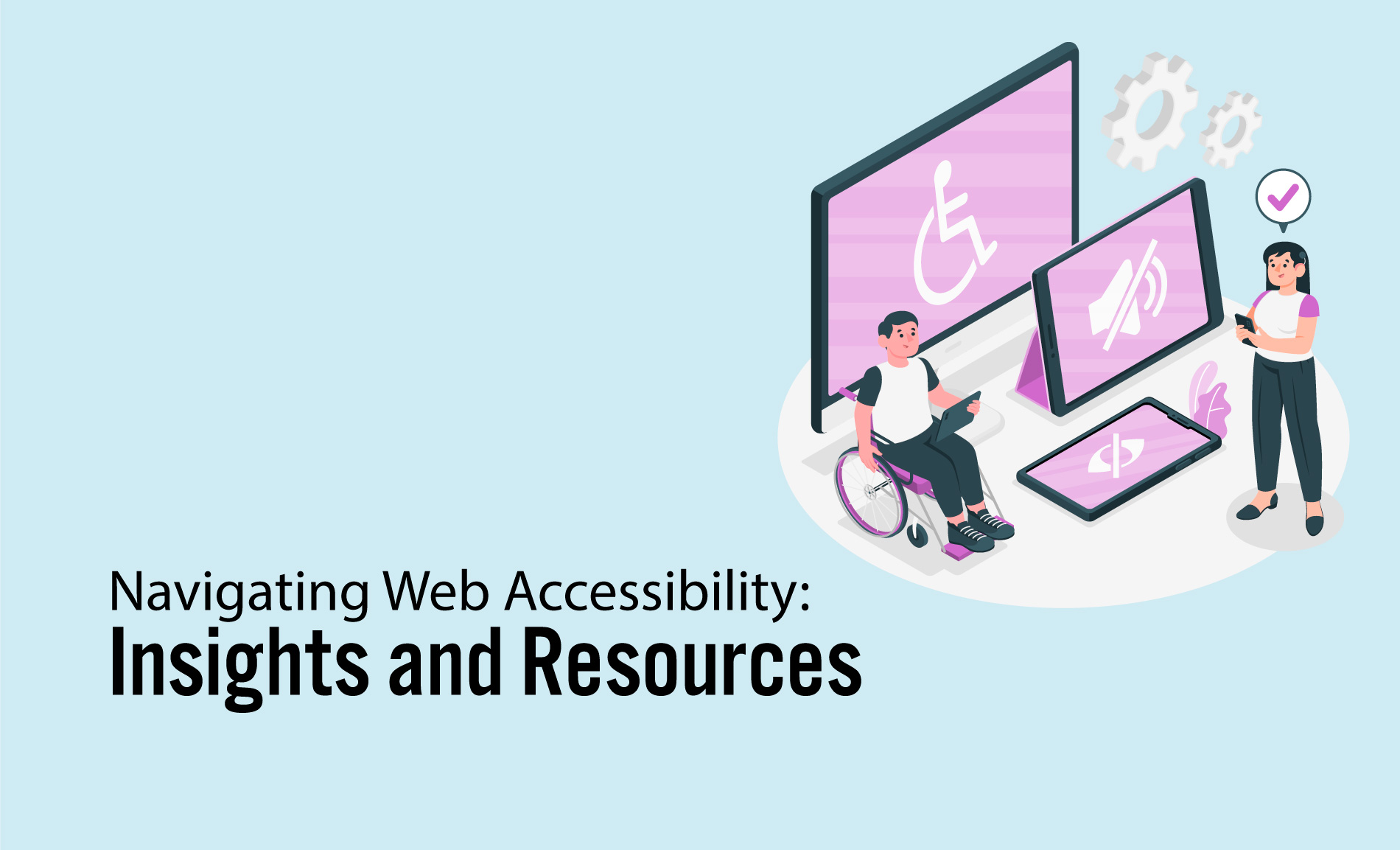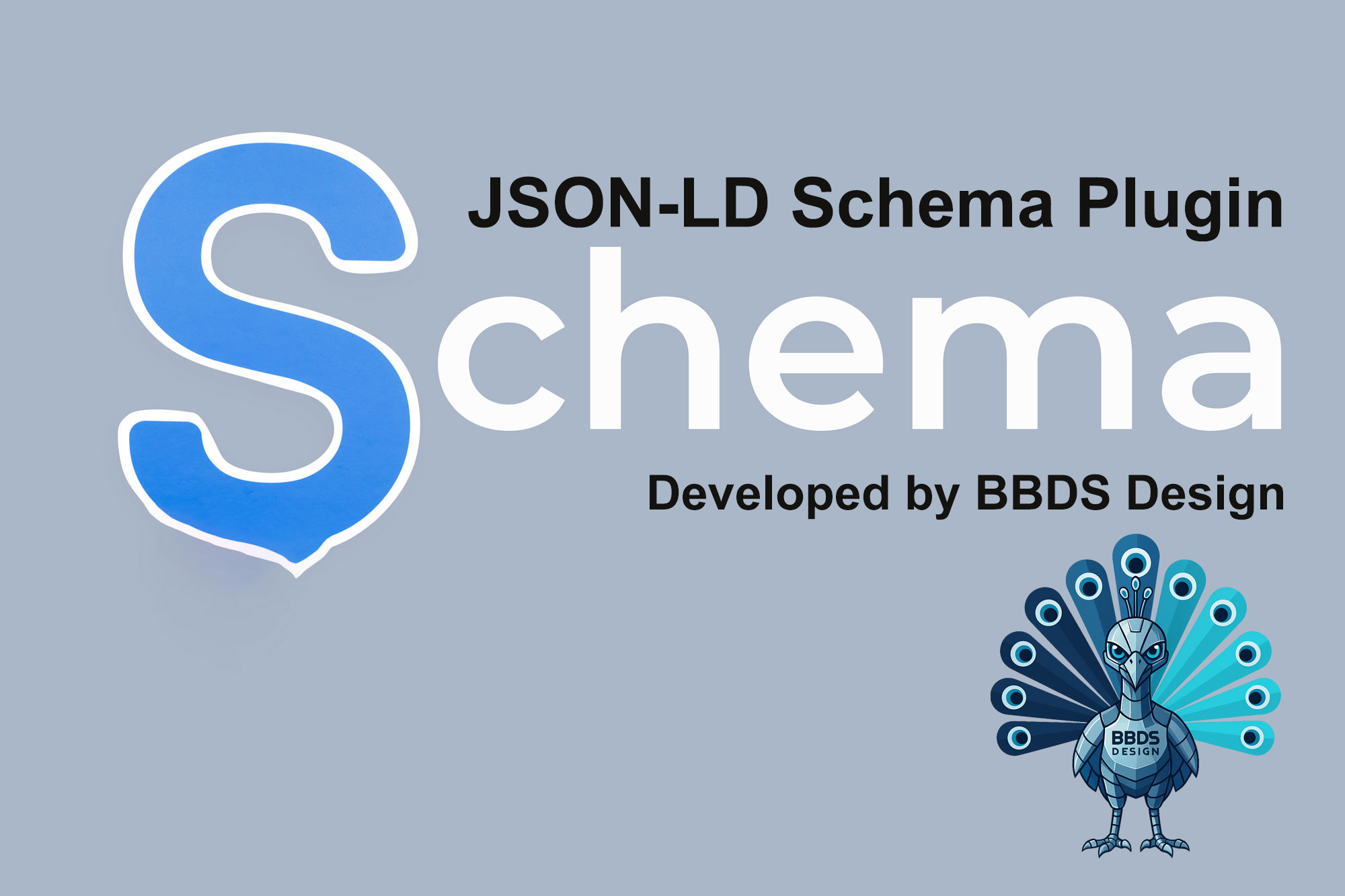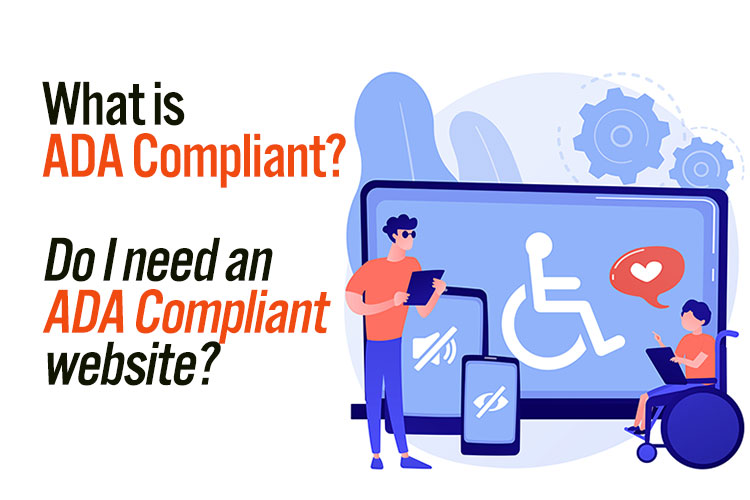|
BBDS Design Audio
Getting your Trinity Audio player ready...
|
Web accessibility is crucial for ensuring that websites and online resources are usable by everyone, including people with disabilities. This involves designing and developing your website so that individuals with disabilities—including those with visual, auditory, physical, speech, cognitive, and neurological disabilities—can use them effectively. Here's a comprehensive overview of the key aspects of web assurance:
1. Understanding Web Accessibility
- What It Involves: Web accessibility means that websites, tools, and technologies are designed and developed so that people with disabilities can use them. This includes all aspects of accessibility, from browsing to navigating and interacting with site content.
- Why It Matters: Besides being a crucial aspect of corporate social responsibility, accessibility is often a legal requirement. Various countries have laws and regulations mandating digital accessibility (e.g., the Americans with Disabilities Act in the U.S. and the European Accessibility Act in the EU).
2. Core Principles of Accessibility
Web accessibility is built around four principles, encapsulated in the acronym POUR:
- Perceivable: Information and user interface components must be presentable to users in ways they can perceive. This means that users must be able to perceive the information being presented (it can't be invisible to all of their senses).
- Operable: User interface components and navigation must be operable. The interface cannot require interaction that a user cannot perform.
- Understandable: Information and the operation of the user interface must be understandable. Users must be able to understand the information as well as the operation of the user interface.
- Robust: Content must be robust enough that it can be interpreted reliably by a wide variety of user agents, including assistive technologies. Users must be able to access the content as technologies advance.
3. Guidelines and Standards
- Web Content Accessibility Guidelines (WCAG): Developed through the W3C process in cooperation with individuals and organizations around the world, WCAG defines how to make web content more accessible to people with disabilities. The latest version, WCAG 2.1, covers a wide range of recommendations for making web content more accessible.
- ADA Compliance: In the U.S., the Americans with Disabilities Act sets standards for electronic and information technology to be accessible.
- EN 301 549: In Europe, this standard sets requirements for making ICT products and services more accessible.
4. Implementing Accessibility
- Semantic HTML: Use HTML elements according to their intended purpose. For example, use
<button>for buttons,<h1>to<h6>for headings,<nav>for navigation links, etc. - ARIA (Accessible Rich Internet Applications): Use ARIA roles and properties to enhance the accessibility of web content, especially in dynamic content and advanced user interface controls developed with Ajax, HTML, JavaScript, and related technologies.
- Visual Design: Ensure sufficient contrast between text and background colors. Provide alternatives for text for images. Ensure that interactive elements are easy to identify and can be operated via keyboard.
- Multimedia: Provide captions for videos, transcripts for audio, and alternatives for any multimedia content.
- Navigation: Ensure that the website can be navigated and operated through keyboard-only interfaces. Provide skip links to bypass repetitive content.
5. Testing for Accessibility
- Automated Tools: Tools like AXE, Lighthouse, and WAVE can help identify some accessibility issues.
- Manual Testing: Automated tools can't catch everything. Manual testing, including using the site through screen readers and keyboard-only navigation, is crucial.
- User Testing: Include people with disabilities in your testing process to understand real-world accessibility challenges and address them.
6. Maintenance and Continuous Improvement
- Training: Regular training for your web developers and content creators on accessibility standards and best practices is vital.
- Regular Audits: Regularly audit your website for accessibility to ensure new content and features meet accessibility standards.
By prioritizing web accessibility, you not only comply with legal requirements but also improve the overall user experience, potentially expanding your audience and improving satisfaction for all users.
7. WordPress Plugin
If you have a WordPress website, the ADA compliance plugin makes web accessibility easy. It is available on WordPress.org. It is generally regarded as a robust tool for enhancing website accessibility, catering especially to compliance with ADA and WCAG guidelines. The plugin uses AI to automatically manage and improve accessibility features on websites, such as adjusting text for screen readers, enhancing keyboard navigation, and offering customization options for various disabilities. On the accessiBe website, there are some in-depth articles to help users understand web accessibility; for instance, Accessible WordPress Themes, ADA Compliance.
Here are some key points about the accessiBe plugin:
Pros
- Automated Accessibility Adjustments: accessiBe utilizes AI to continuously scan and modify a website to improve accessibility, making it easier to maintain compliance with accessibility standards.
- Customization Options: It provides a user interface that allows visitors to adjust visual elements to their needs, which can include text size, color contrasts, and more.
- Ease of Use: The plugin is praised for its straightforward setup and operation, which doesn't require deep technical skills, making it accessible for non-developers.
Cons
- Dependency on AI: While AI facilitates ease of use, there are concerns about its reliability in certain cases. The automated nature means it might not always perfectly address complex accessibility issues that require nuanced adjustments.
- Cost: The plugin is not free, which can be a concern for small website owners or individual bloggers. accessiBe offers a range of pricing plans starting from $49 per month, with a 7-day free trial available to test its features before committing to a subscription.
- Free Version Limitations: The plugin's free version is limited, which might not be sufficient for thorough accessibility needs without upgrading to a paid plan.
If you're looking for a comprehensive, largely automated solution to improve the accessibility of your WordPress site, accessiBe is a strong option to consider. However, it's important to assess whether the cost fits your budget and if the AI-driven adjustments meet your specific accessibility requirements. Always consider a trial period to evaluate its effectiveness for your site's unique needs.
I hope this article, written in partnership with accessiBe, answers all of your questions about web accessibility. If you have further inquiries, please feel free to contact us.





